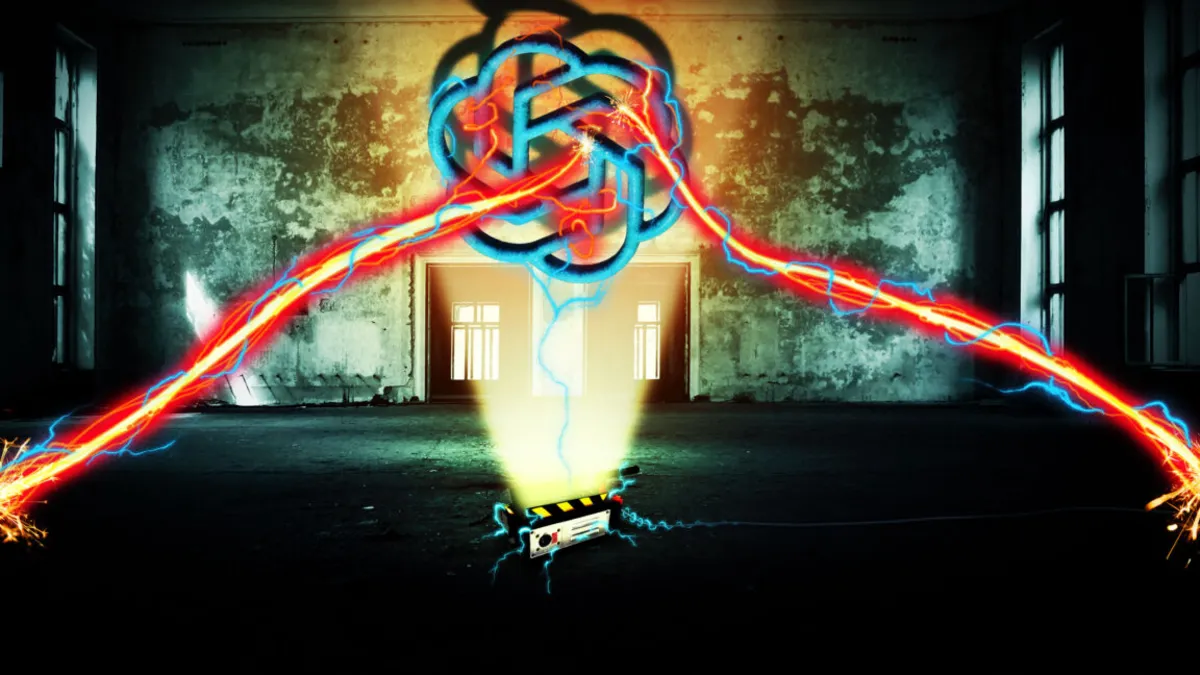
As artificial intelligence technology continues to evolve, innovative AI tools are being developed that enable the creation of digital replicas of lost loved ones. These digital entities, commonly referred to as grief bots or AI ghosts, can be generated using the data of individuals who have passed away, often without the knowledge or consent of the deceased. These digital replicas can take various forms, including text, audio, or even video formats, allowing mourners to engage in conversations that simulate interactions with those they have lost.
While some individuals find comfort in conversing with these AI entities, the technology raises ethical concerns. Critics argue that the use of grief bots may complicate the grieving process and infringe upon the privacy of the deceased, as their data could be susceptible to manipulation or identity theft. Not everyone is on board with the idea of becoming an AI ghost; many express discomfort regarding the implications of such technology. The backlash intensified after a realistic video simulation of a murder victim was used in court, highlighting the unsettling nature of AI applications in sensitive contexts.
In May 2023, a survey conducted by The Wall Street Journal explored public opinion on the ethics of digital resurrections. Dorothy McGarrah, a California resident, suggested that individuals should have the option to prevent AI resurrections through their wills. She expressed concern over the potential for algorithms to misrepresent a deceased person's thoughts and behaviors, likening it to creating "digital dementia." McGarrah emphasized the importance of individuals having the right to restrict the use of their images or data after death as part of estate planning.
The rise of AI ghosts has prompted discussions among estate planning experts regarding the establishment of legal frameworks to address the issue. Despite the growing prevalence of digital replicas, few estate planners are prepared to address the associated questions. Katie Sheehan, a managing director and wealth strategist for Crestwood Advisors, noted that the topic rarely comes up in her daily work, indicating a gap in current estate planning practices.
Although no specific legal documents currently exist to prevent AI resurrections, Sheehan suggested that individuals could draft provisions in their power of attorney and wills to restrict the use of their data for AI purposes. These provisions could include stipulations about when and how personal data may be used after death, potentially invoking issues related to contract, property, and intellectual property rights.
Sheehan highlighted the limitations of existing laws, such as the Revised Uniform Fiduciary Access to Digital Assets Act, which governs access to online accounts of the deceased. While this law may provide some guidance, it does not directly address the creation of AI ghosts. Sheehan anticipates that requests for no AI resurrections will increasingly be dealt with in courts, but the lack of a clear legal framework means that individuals may face challenges in enforcing their wishes.
The question of consent plays a crucial role in the discussion surrounding AI ghosts. Muhammad Aurangzeb Ahmad, a computer science professor, created a grief bot to honor his father after his passing but later reflected on the importance of obtaining consent. He acknowledged that building a digital replica without his father's permission raised ethical concerns and that the bot could present a biased representation of his father. Ahmad's experience underscores the necessity for individuals to consider the implications of creating AI ghosts and to seek consent whenever possible.
Legal scholar Victoria Haneman emphasized the lack of a comprehensive legal framework governing the digital rights of the deceased. While there are protections against unauthorized commercial resurrections, personal uses of digital replicas remain largely unregulated. Haneman advocates for a right to deletion, which would empower the living or next of kin to delete data that could be used to create AI ghosts. This approach may provide a more effective means of addressing concerns surrounding unauthorized uses of personal data.
The future landscape of AI ghosts raises questions about the commercialization of grief and the potential for exploitation of vulnerable individuals. As technology advances, families may face new challenges in navigating the ethical implications of grief bots, particularly concerning children who may not fully understand the distinction between AI entities and real people. Ahmad's experience with his own children highlights the importance of managing their interactions with AI ghosts carefully.
As society grapples with the intersection of technology, grief, and privacy, the development of a modern legal framework becomes increasingly essential. Haneman argues for an approach that recognizes the barriers many individuals face in accessing estate planning services and advocates for a right to deletion that does not depend solely on legal documentation. Such a framework could better protect the rights of the vulnerable while ensuring that the living retain control over their loved ones' digital legacies.
The discourse surrounding AI ghosts reflects broader societal attitudes toward death and technology. As families navigate the complexities of grief and digital remembrance, the legal landscape will need to evolve to address the unique challenges presented by AI tools. By prioritizing consent and establishing clear rights regarding digital data, society can work toward a future where the memories of loved ones are honored and respected.